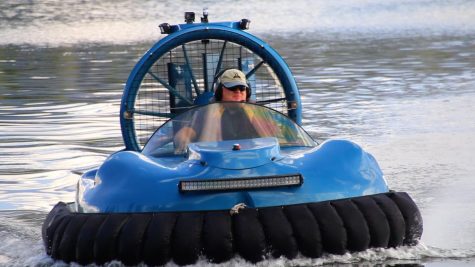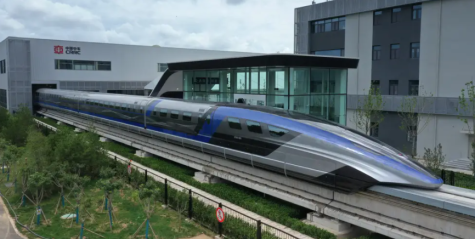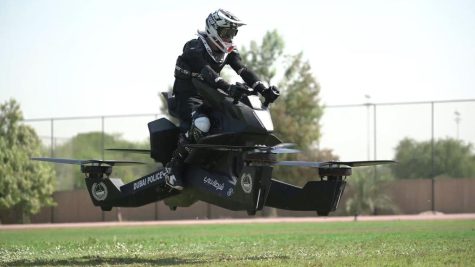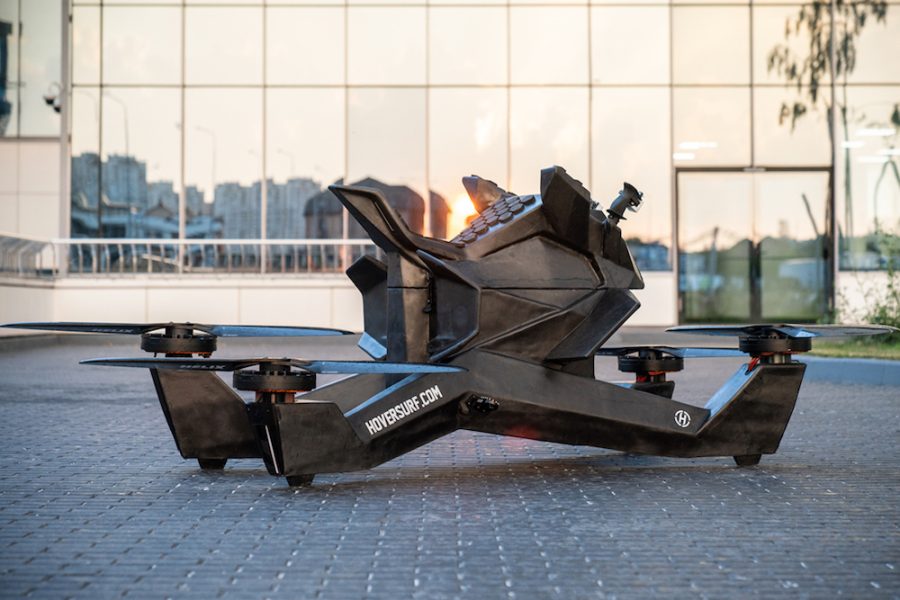Flying to the Future…
… or should I say, hovering.
Source: Brandon Lane
Hoversurf model
Ever since the movie, Back to The Future 2, was released, people have been dreaming of hoverboards becoming a reality. Sadly, back then it was impossible for a concept like that to even exist in real life. Today however, is a different story.
The first implementation of hover technology was in the Hovercraft. The Hovercraft has a fan that would trap

a pocket of air under it, allowing it to float above any surface it was on, including water. It was built in the 1950’s and deemed to be faster than most ships at the time. It is even faster than some ships we have today. It was used for a
time for short- distance ferries and even racing. Today it is used for short-distance water rescues and survey operations. Its speed and agility make it a valuable asset to society, even today.

Next is Maglev trains. With this innovation, the vessel uses magnetic levitation instead of air. Hence the name MagLev. In 1971, a German Engineer wanted to create a faster mode of transportation. It uses electromagnets embedded into the track to lift up the oppositely charged train. Even with the idea, countries raced to build the first and most effective MagLev train in the world. Today, there are five commercial maglev systems in operation around the world. One is located in Japan, two in South Korea, and three in China.
Finally, the closest thing to a hoverbike today, is from a company called Hoversurf, who is working with the Dubai police force. When the first prototype was cleared for training, the police force immediately bought them and began training. They also have exclusive purchase rights that state they may buy as many units as they wish. However, not everything went well with this piece of technology. In 2020, a Dubai training tester crashed the craft after reaching the highest recorded altitude on the Hoversurf. Although the craft didn’t exactly come out okay, the pilot was unharmed from the experience due to the safety settings.
police force. When the first prototype was cleared for training, the police force immediately bought them and began training. They also have exclusive purchase rights that state they may buy as many units as they wish. However, not everything went well with this piece of technology. In 2020, a Dubai training tester crashed the craft after reaching the highest recorded altitude on the Hoversurf. Although the craft didn’t exactly come out okay, the pilot was unharmed from the experience due to the safety settings.
Today, we have made substantial progress with hover technology, but we still have a long way to go.















